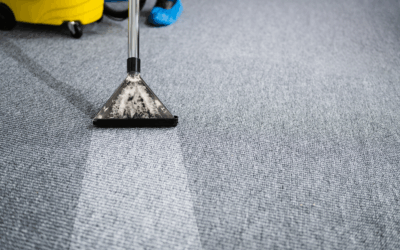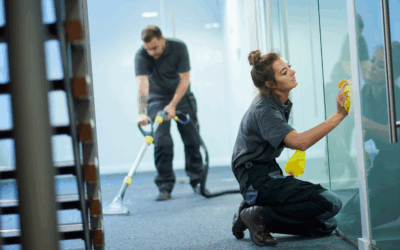Water can wreak havoc on your home. From small, progressive leaks to large, devastating floods, any volume of water can cause serious damage to the property. Sometimes you’re able to spot the water before it creates too much damage, but in other instances, by the time you begin to notice signs of water damage, it’s already too late.
What causes water damage in homes?
The problem with water is that damage can be very sudden. As soon as it infiltrates certain areas of the home, damage begins to occur and can be difficult to reverse. It’s vital to identify the source of the water as soon as possible to reduce the extent of the damage.
Water damage can originate from either an external or internal water source. Internal water sources are any source that originates from inside the home, or from an outdoor element of the home:
- Appliances like washing machines and dishwashers can become faulty, or the pipes can weaken over time, often causing small, gradual leaks that go undetected as they slowly spread and cause damage to your home.
- Sump pump failure can cause fast-spreading flooding in the basement.
- Condensation from the AC system is a slow burner for water damage, causing gradual damage that can go undetected for long periods of time.
- When gutters and drains become clogged, water can overflow out of them. This can occur slowly, but external factors like heavy rains will speed this process up.
- Pipes within the home are a common cause of water damage. Older pipes begin to deteriorate and may start leaking slowly, but sudden changes in pressure or temperature can cause even newer pipes to burst.
External water sources are much more difficult to prepare for. In Texas, extreme weather is more common than we’d like, and floods and hurricanes can quickly flood our homes with water. Living in an area where the weather is so turbulent, it’s important to take measures to protect your home from flooding.
What can water damage do to a house?
Water damage can be minor, but it can also be devastating.
One of the most common aspects of water damage is mold growth. High levels of moisture, along with other key factors, can lead to mold growth in as little as 24 hours.
This means that even small leaks that slowly enter the structure of the home, or liquid spills on carpets that are left untreated, can begin producing mold spores which rapidly multiply. The main signs of mold, other than seeing visible growth, are damp patches on walls, flooring and ceilings, and strong, musty smells. For small leaks that are quick to fix, you may still require a professional mold removal service to ensure all traces of mold are eradicated.
As water travels throughout your home, any surfaces or structural elements it passes through can be affected. Visible damage to ceilings, walls and floors, such as bubbling paint, stained or peeling wallpaper, and warped and separating hard flooring, are often the first warning signs that water has unknowingly spread. Similarly, large amounts of water can damage furniture and other soft furnishings, often requiring a full replacement.
Potentially the most costly risk of water damage at home is structural damage. Has a large amount of water traveled far from its source? What structural elements of the home has it passed through? These elements may be weakened or damaged to a point that requires replacing.
A history of water damage can lower your property value, so suitable restoration works should be carried out by a professional, to restore your property to its original condition. The cost of the restoration will depend on the extent of the damage.
Is water damage dangerous?
Whether water damage is dangerous will depend on a few different factors. Firstly, what category is the water? Category 1 shouldn’t pose a substantial health risk, but category 2 water, which is contaminated by chemicals or organic matter, has “the potential to cause discomfort and sickness”, and category 3, known as ‘black water’, is very likely to contain bacteria, pathogens and viruses. Category 3 water usually originates from sewage, seawater or rising water from rivers and streams.
Even the smallest instances of water damage have the potential to cause mold growth, which presents a variety of health hazards, from minor allergy-like symptoms to respiratory issues and even neurological damage.
If water originates from an electrical appliance, or has traveled by electrical wiring or outlets, there is a risk of shocks or sparks. If it’s safe to do so, turn off any affected appliances as soon as possible after spotting water in the area.
Weakened structural elements due to water damage can be very dangerous. If water has originated from the roof or attic and worked its way down into the home, the structural integrity of the roof may be compromised and has the potential to collapse. After experiencing high levels of flooding or extreme water, always contact a professional to survey your home and assess the danger.
Even the smallest instances of water damage can cause long-term consequences for your property. Take action as soon as you spot signs of water damage to protect your home and household.




